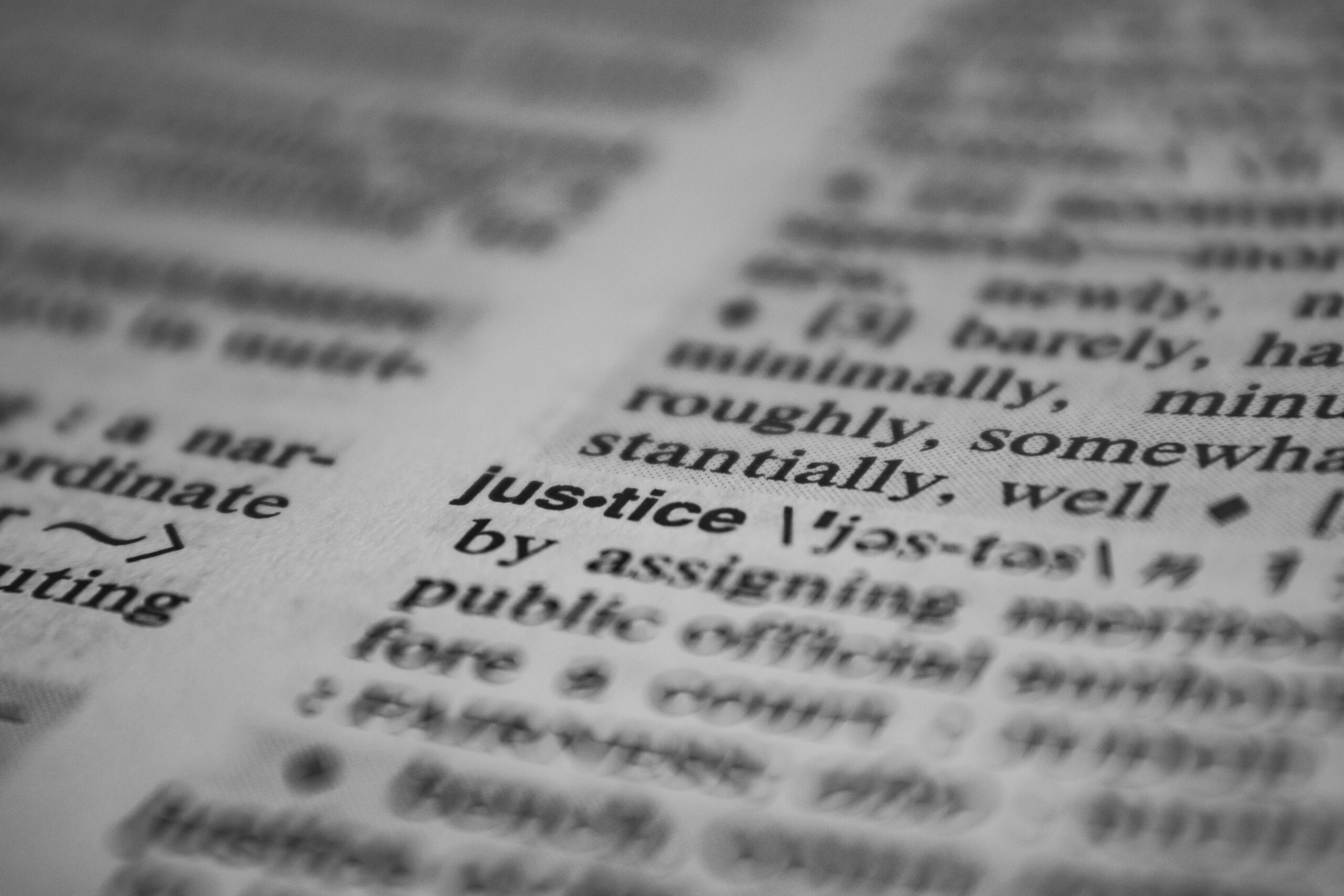Understanding the distinctions between various types of assault charges is crucial for those who have been accused of a criminal offence. Assault is a serious offense under Canada’s Criminal Code, encompassing a range of behaviours and various charges that each carry their own set of implications and consequences. However, within the umbrella of assault, there are distinct categories, two of which include simple assault and aggravated assault.
This blog post will explore the dichotomy between simple and aggravated assault in Ontario to shed light on these two distinct but interrelated offences.
What is Simple Assault?
Assault, sometimes referred to simple assault, is outlined in section 265(1) of the Criminal Code, which provides that:
265 (1) A person commits an assault when
(a) without the consent of another person, he applies force intentionally to that other person, directly or indirectly;
(b) he attempts or threatens, by an act or a gesture, to apply force to another person, if he has, or causes that other person to believe on reasonable grounds that he has, present ability to effect his purpose; or
(c) while openly wearing or carrying a weapon or an imitation thereof, he accosts or impedes another person or begs.”
You may be charged with simple assault following a range of actions, such as minor physical contact like pushing or slapping. A simple assault charge may follow a threat of violence, even where physical contact has not occurred.
If you are convicted of simple assault, you may face fines, probation, or imprisonment up to five years. The ultimate sentence may be impacted by the circumstances of the case, a criminal background, and whether or not any aggravating factors are present. Depending on the circumstances, a skilled criminal defence lawyer may challenge the credibility of the witnesses, or argue that you were acting in self-defence.
What is Aggravated Assault?
Aggravated assault is defined under section 268(1) of the Criminal Code, which states that:
268 (1) Every one commits an aggravated assault who wounds, maims, disfigures or endangers the life of the complainant.
Assault may be classified as aggravated assault when the incident causes serious injury and reflects a higher degree of violence and intent. Factors such as whether a weapon was used, the extent of the victim’s injuries and the intent behind the assault will be considered.
If you are convicted of aggravated assault, you will be found guilty of an indictable offence and can serve a term of imprisonment up to fourteen years. A criminal defence lawyer will aim to prove your innocence, or mitigate the charges, and may explore defences relating to self-defence, provocation, or lack of intent to cause the serious harm that occurred.
Factors Influencing the Classification of an Assault Charge
To understand whether an assault charge is classified as a simple assault or aggravated assault, there are several factors to consider, including:
- Whether or not a weapon, such as a knife or broken bottle, was involved in the assault, which may result in a charge of assault with a weapon;
- The extent of the victim’s injuries, as more serious injuries, such as a broken leg, can lead to a serious charge of aggravated assault;
- The intent of the accused, as deliberate intent to cause serious harm to the victim can result in an aggravated assault charge; and
- The circumstances and context under which the assault occurred, as premeditation or domestic violence can influence the assault classification.
Why Assault Charge Classification Matters
The classification of an assault charge can significantly impact the legal proceedings and resulting outcomes. As such, it is important to be aware of, and understand, these distinctions and how they may impact your case.
Although any type of assault charge is serious, if you are charged with aggravated assault, you may face more severe penalties, such as higher fines and longer prison sentences, if convicted. The type of assault charge can also affect the strategy a criminal defence lawyer will employ in your defence, and may impact the potential for plea bargaining with the Crown.
Similarities Between Simple Assault and Aggravated Assault
There are several similarities between simple and aggravated assault, such as:
- the involvement of intentional actions or threats that cause harm or instill fear in another person;
- the criminal nature of the offences that can each result in significant legal consequences, including fines, imprisonment, and a criminal record; and
- the perpetrator must have the intent to commit the assault.
Differences Between Simple Assault and Aggravated Assault
Likewise, there are several similarities between simple and aggravated assault, such as:
- the severity of harm involved, as simple assault generally results in minor injuries or does not involve physical contact, while aggravated offence often results in serious bodily harm.
- the presence of aggravating factors, for instance, if a victim is particularly vulnerable or a weapon was used, can escalate the offence beyond simple assault; and
- the legal consequences between the offences vary, as an aggravated assault conviction can carry more serious penalties than a simple assault conviction.
Contact the Criminal Defence Lawyers at Hicks Adams in Toronto for Skilled Representation in Assault Cases
If you have been charged with assault, seeking legal advice as soon as possible is imperative. The trusted Toronto criminal defence lawyers at Hicks Adams are ready to defend you against simple or aggravated assault charges. We work with clients to develop a sound defence strategy and protect your rights. To speak with a member of our team regarding your assault charges, contact us by phone at 975-1700 (toll-free at 1-877-975-1700) or reach out to us online to schedule a confidential consultation.


